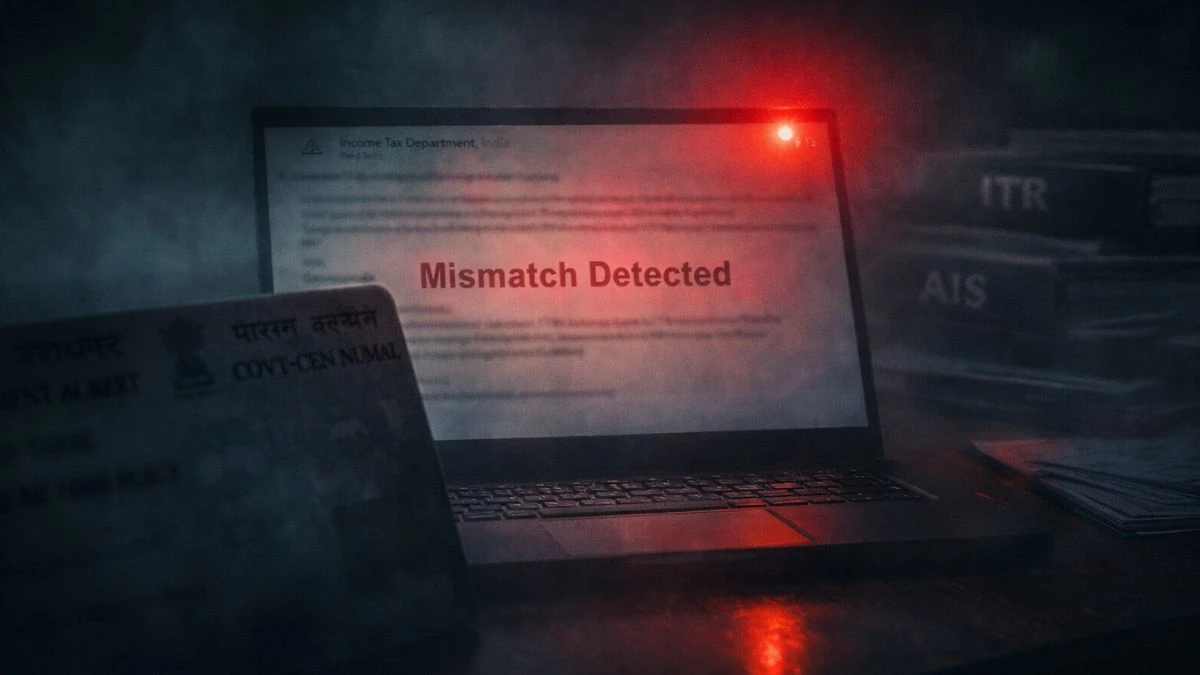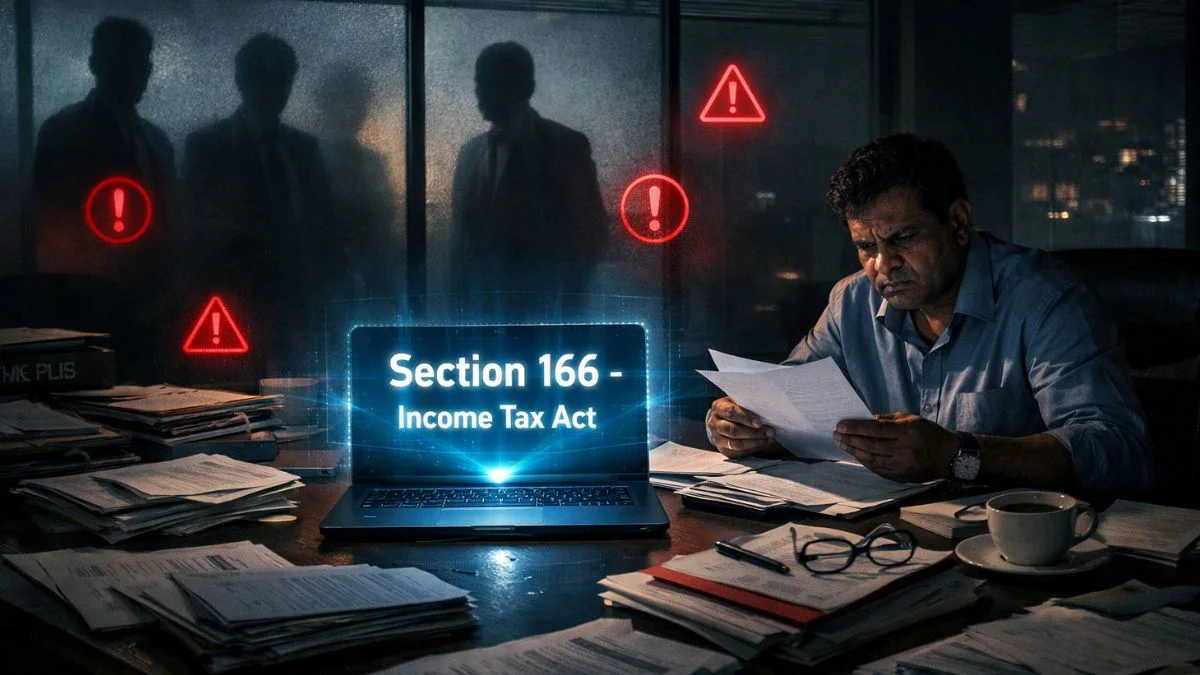
If you're a salaried employee or a parent saving for your daughter’s future, there's good news under Indian tax laws—Section 10(11) of the Income Tax Act offers exemptions that can save you a significant amount of tax.
Let’s break it down in simple language.
💼 What is Section 10(11) of Income Tax Act?
Section 10(11) provides income tax exemptions on the payment received from Provident Funds, including the Statutory Provident Fund (SPF) & the Sukanya Samriddhi Account.
According to this section:
- Any payment received via the Statutory Provident Fund is completely exempt from tax.
- It also provides for tax exemption on payments made to the Sukanya Samriddhi Account, a government-backed small savings scheme for the girl child.
So if you’re investing in either of these, your withdrawals are tax-free under certain conditions. This makes them not only safe but also tax-smart investment options. "
🎯 Who Can Claim Exemption?
Anyone who:
- Is contributing to a Statutory Provident Fund (mainly for government employees).
- Has invested in a Sukanya Samriddhi Account for a daughter aged below 10 years.
- Is associated with a charitable or religious trust deriving income from property used for such purposes.
Yes, you read that right—income from property held for charitable or religious purposes also falls under this provision, provided the trust is registered and the conditions of the Act are fulfilled. "
💰 What Kind of Incomes are Covered?
- Provident Fund Withdrawals:
- If you receive a lump-sum payment from SPF after retirement or resignation, it is tax-free under Section 10(11).
- It provides an exemption from tax for income derived from property under charitable trusts and institutions if such income is applied for their intended purposes.
- Sukanya Samriddhi Yojana (SSY):
- Exemptions on payments made to the Sukanya Samriddhi Account include:
- The interest earned annually
- The final maturity amount
- The condition? You should follow the prescribed rules, such as opening the account before the girl turns 10 and making deposits up to 15 years.
- Exemptions on payments made to the Sukanya Samriddhi Account include:
🧾 Example to Understand the Benefit
Let’s say you’re a central government employee. You contribute ₹5,000 per month to your Statutory Provident Fund.
At the end of 25 years, you withdraw ₹25 lakhs. Thanks to Section 10(11), this entire amount is tax-free.
Now, take another example.
You opened a Sukanya Samriddhi Account for your daughter & deposited ₹1.5 lakh per year. After 21 years, you receive ₹72 lakhs. Under this section, the entire maturity amount is exempt from tax, provided the scheme rules were followed.
🏢 For Charitable Institutions
Section 10(11) also applies to income generated by certain charitable and religious institutions. These could be:
- Trusts that own property for educational or religious purposes
- NGOs registered under Section 12AA or 12AB
They can claim exemptions on income from property held for charitable or religious purposes, as long as the income is applied for those objectives & not used for personal benefit.
✅ Key Benefits of Section 10(11)
- ✔️ Completely tax-free withdrawals from SPF & Sukanya Samriddhi
- ✔️ Safe, long-term investments for retirement & child future planning
- ✔️ Encourages savings culture among salaried employees and parents
- ✔️ Supports charitable trusts in pursuing noble objectives without the tax burden
🧠 Important Note:
The exemption is only allowed if the scheme's rules are followed strictly. For example:
- Don’t withdraw from Sukanya Samriddhi before maturity unless permitted.
- Don’t violate the conditions of a charitable trust, or the exemption may be denied.
✍ Final Thoughts
Section 10(11) of the Income Tax Act is not just a tax-saving section—it’s a tool for financial security and social development. Whether you are planning your retirement, your daughter’s future, or running a charitable organisation, this section makes a big difference.
So next time you're filing your returns, don’t forget to check if you are eligible under Section 10(11). That little checkmark on your ITR could save you thousands (or even lakhs) in tax.











